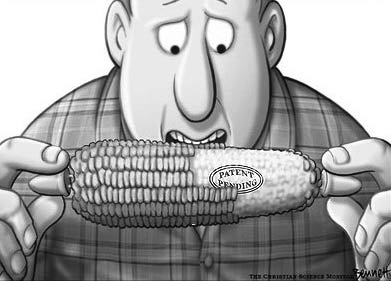
Infertility is far more common than most people think. According to the American Society of Reproductive Medicine, approximately 6.1 million couples in the U.S.—about 10 percent of the reproductive-age population—experience fertility problems. For these couples, becoming pregnant is far from easy. Ovulation and sperm deficiencies are the most common infertility problems, accounting for two-thirds of all cases. And as scientists are starting to discover, even tiny exposures to certain chemicals could throw reproductive systems into a tizzy.
Although we encounter many of these hormone-disrupting chemicals unknowingly every day, there is some great news: Once you ID these infertility infiltrators, you can make smart, easy choices to cut them out of your life for good.

1. Nonstick Chemicals
Sure, nonstick pots, pans, and baking gear are convenient and easy to clean. But the problem is,nonstick chemicals start leaching into your food once chips and scratches start showing up in the enamel. That chemical migration is problematic, since there’s a long rap sheet of health problems associated with nonstick chemicals, including baby-making problems for both men and women. Danish researchers found that men with higher levels of a common nonstick chemicals, perfluoroalkyl acids, had half the amount of healthy sperm of men with the lowest levels. Scientists have found it takes women who have higher levels of nonstick chemicals in the body longer to become pregnant.



